Home > Study Material
Welcome to Daily News Analysis, your singular resource for UPSC CSE/PCS current affairs. Grasp the importance of staying updated for your UPSC/PCS journey.
Daily News Analysis presents essential news from top sources like The Hindu, Indian Express, Business Standard, and PIB, curated in line with the UPSC/PCS syllabus. Our expansive coverage includes Politics, Economics, Science & Technology, Environment, International Relations, and Governance.
Promptness and ease. We provide the day's news by 12:30 PM, serving as a consolidated, updated information hub. With Daily News Analysis, you lead the pack, equipped with trustworthy current affairs content.
Our platform's user-friendly design integrates your daily current affairs preparation into your study regime seamlessly. Explore an array of content - articles, summaries, infographics - to bolster your understanding of worldwide events.
Empower yourself with knowledge and self-assurance, and acquire a competitive advantage with Daily News Analysis. Embark on your journey towards UPSC/PCS triumph today. Remain informed, remain ahead, every single day with Daily News Analysis! Particularly beneficial for UPSC Mains, Daily News Analysis provides detailed analysis of news along with facts, catering to the broader UPSC and PCS examinations.

Daily News Analysis for UPSC | Current Affairs for UPSC Preparation | Dhyeya IAS / 06 Dec 2025
The Indian rupee slipping past the ₹90-per-dollar mark for the first time has become one of the most critical economic developments of the year. This is not just a market headline; it reflects deeper pressures building within the global and domestic economy. A currency breaching such a psychologically important level affects import costs, inflation, savings, household budgets, business decisions, and overall economic sentiment. It also raises difficult questions about India’s external fundamentals at a time when global uncertainties are already high..
View
Daily News Analysis for UPSC | Current Affairs for UPSC Preparation | Dhyeya IAS / 27 Nov 2025
Explore how India’s dairy sector cooperatives are driving rural empowerment — an insightful article by Dhyeya IAS. Understand cooperative structures, socio-economic impact, and policy relevance to enrich your current-affairs knowledge for UPSC and State PCS exams..
View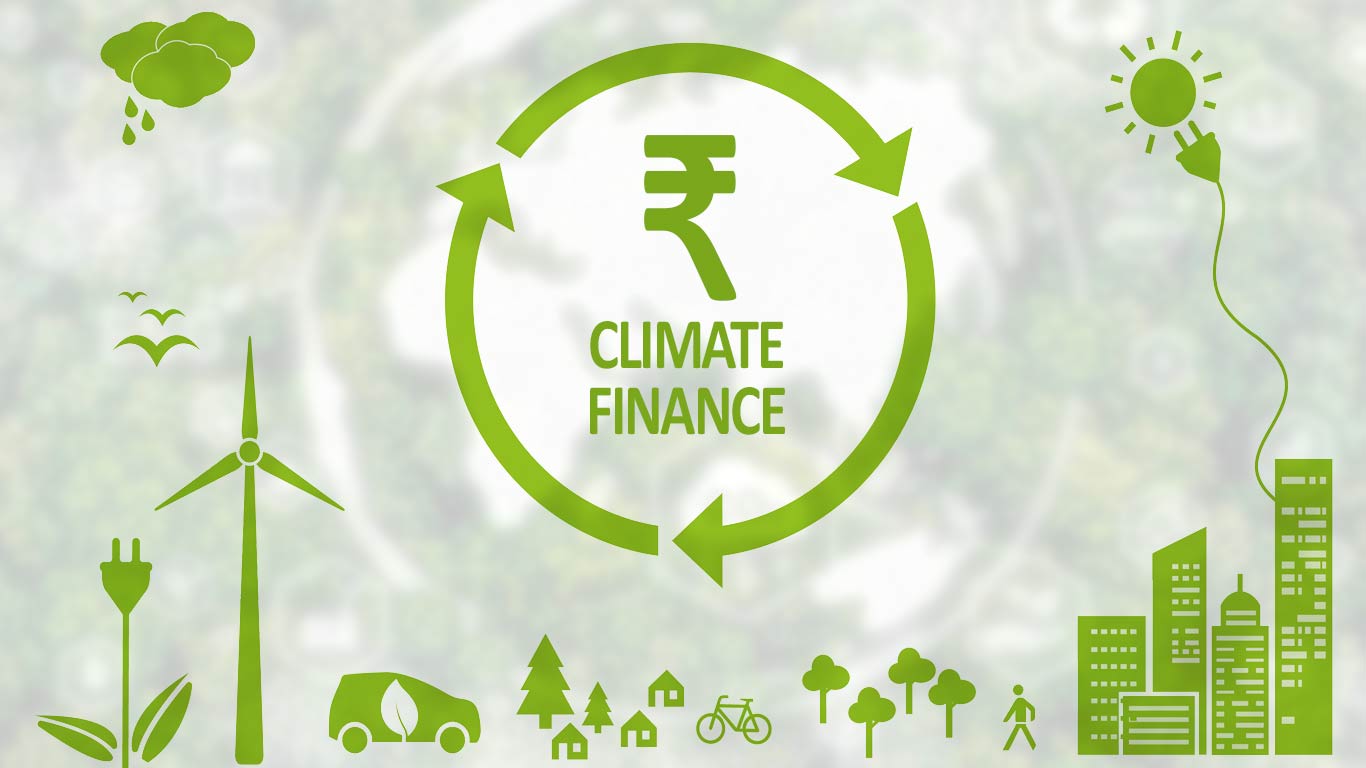
Daily News Analysis for UPSC | Current Affairs for UPSC Preparation | Dhyeya IAS / 20 Nov 2025
Explore India’s climate roadmap to 2035 with Dhyeya IAS: detailed insights into its Nationally Determined Contributions (NDC), the economic opportunities, policy challenges, and way forward for achieving sustainable development goals..
View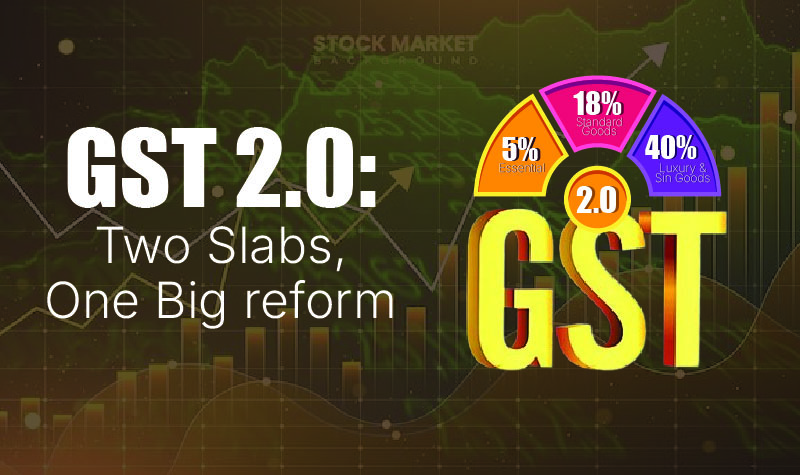
Daily News Analysis for UPSC | Current Affairs for UPSC Preparation | Dhyeya IAS / 10 Nov 2025
Understand India’s new GST 2.0 initiative — from simplified tax slabs to improved digital compliance. Explore its role in promoting transparency, innovation, and youth-led growth in this Dhyeya IAS Current Affairs insight..
View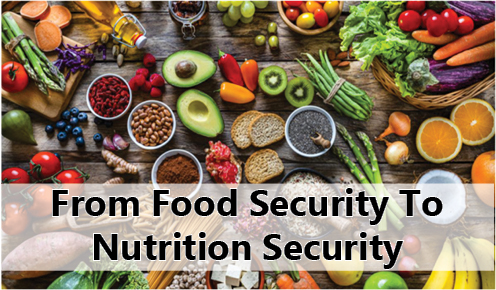
Daily News Analysis for UPSC | Current Affairs for UPSC Preparation | Dhyeya IAS / 06 Nov 2025
Explore India’s shift from ensuring basic food availability to achieving full nutrition security through science‑based policy, integrated welfare schemes and targeted interventions that address hidden hunger, micronutrient deficiency and sustainable dietary diversity..
View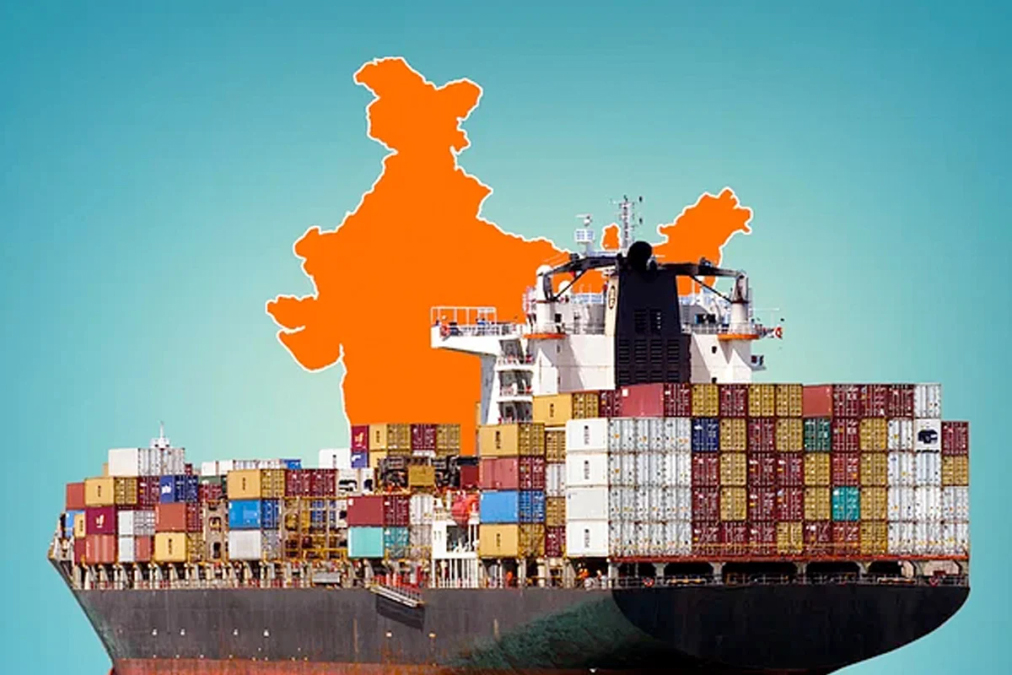
Daily News Analysis for UPSC | Current Affairs for UPSC Preparation | Dhyeya IAS / 05 Nov 2025
Dive into India’s ambitious Maritime Amrit Kaal Vision 2047 – a roadmap of over 300 initiatives aimed at transforming the nation into a global maritime hub by 2047 through port‑led growth, green shipping and seamless logistics..
View
Daily News Analysis for UPSC | Current Affairs for UPSC Preparation | Dhyeya IAS / 15 Oct 2025
The India–UK Comprehensive Economic and Trade Agreement (CETA) aims to double bilateral trade to $120 billion by 2030. Signed in July 2025, it enhances market access, job creation, and strategic cooperation. Read more at Dhyeya IAS..
View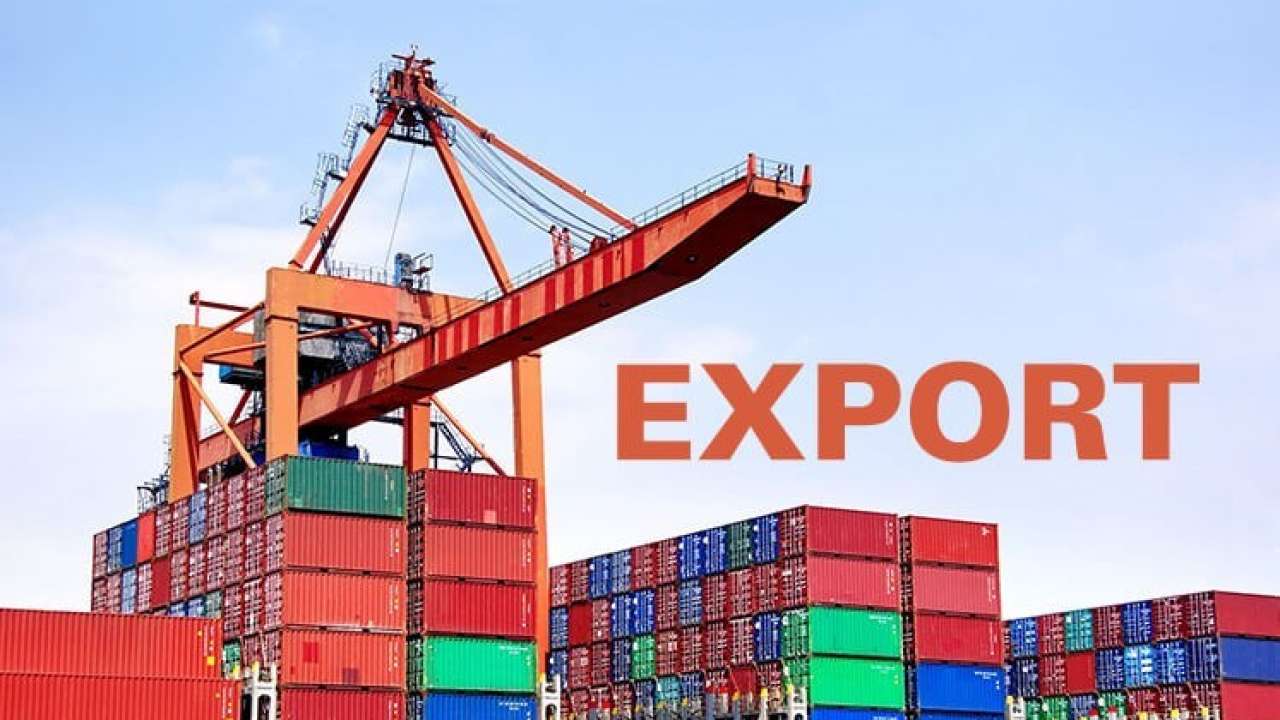
Daily News Analysis for UPSC | Current Affairs for UPSC Preparation | Dhyeya IAS / 11 Oct 2025
Discover India’s export growth trajectory for 2025—key policy reforms, sectoral diversification, trade patterns and challenges. A comprehensive current affairs analysis by Dhyeya IAS for exam preparation and policy insight..
View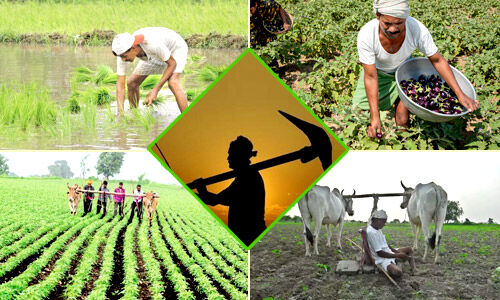
Daily News Analysis for UPSC | Current Affairs for UPSC Preparation | Dhyeya IAS / 08 Oct 2025
Discover the Paramparagat Krishi Vikas Yojana (PKVY) — scheme promoting organic farming via clusters, incentives, PGS certification and soil health. Learn its structure, benefits & challenges in this comprehensive current affairs article by Dhyeya IAS..
View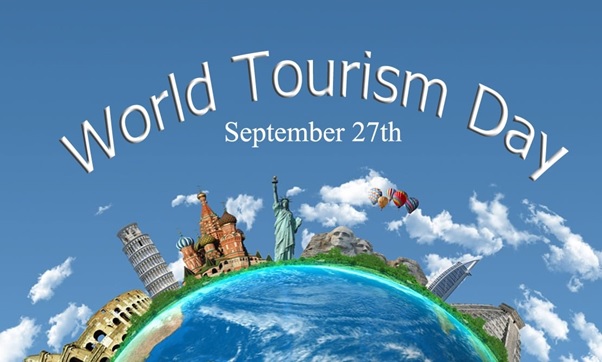
Daily News Analysis for UPSC | Current Affairs for UPSC Preparation | Dhyeya IAS / 27 Sep 2025
Dhyeya IAS presents insights on Sustainable Tourism in India—balancing development with environmental protection. Explore key challenges, strategies, and importance of eco-friendly growth for UPSC and competitive exam preparation..
View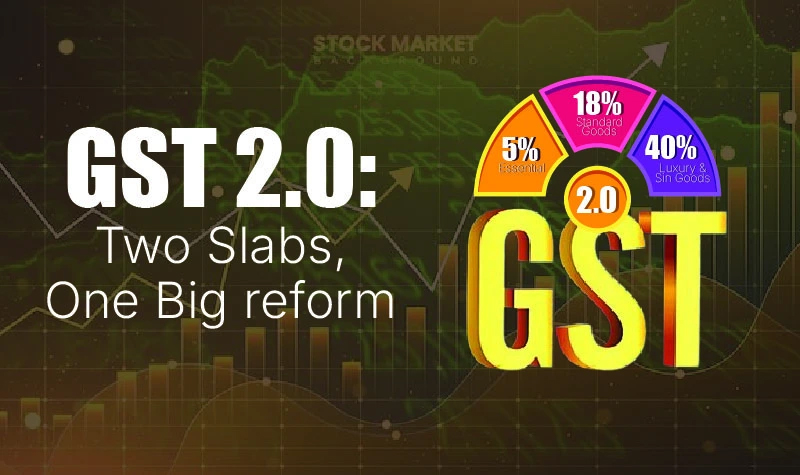
Daily News Analysis for UPSC | Current Affairs for UPSC Preparation | Dhyeya IAS / 26 Sep 2025
Dive deep into GST 2.0 — India’s next wave of indirect tax reforms. Learn the key changes, benefits, challenges, and implications. Brought to you by Dhyeya IAS, designed for aspirants who want clarity and insight..
View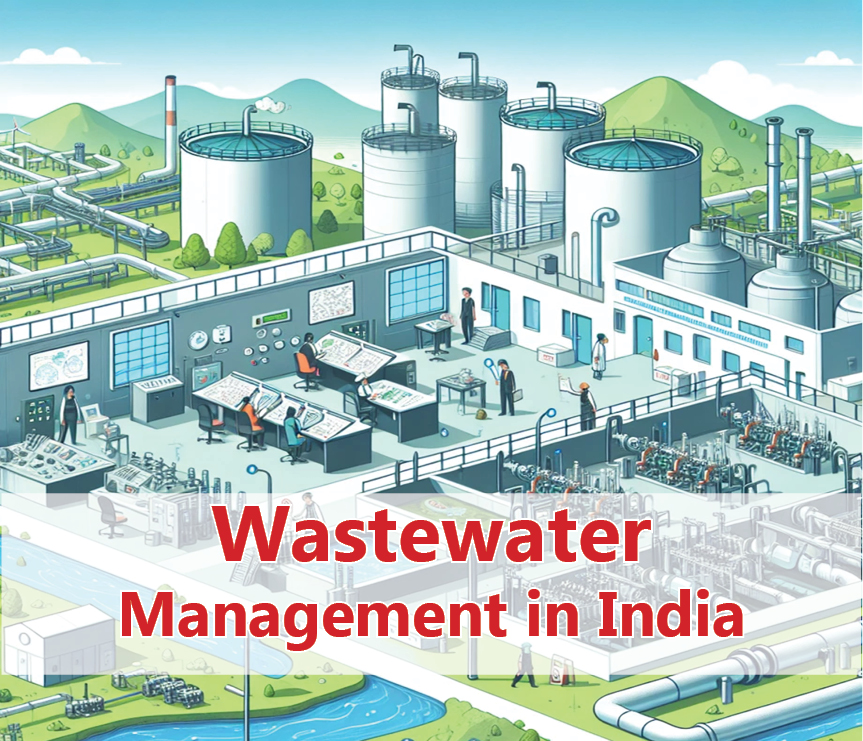
Daily News Analysis for UPSC | Current Affairs for UPSC Preparation | Dhyeya IAS / 23 Sep 2025
Explore the current state of wastewater management in India, key challenges, and policy interventions. Learn how effective wastewater reuse can help tackle the water crisis. | Dhyeya IAS.
View